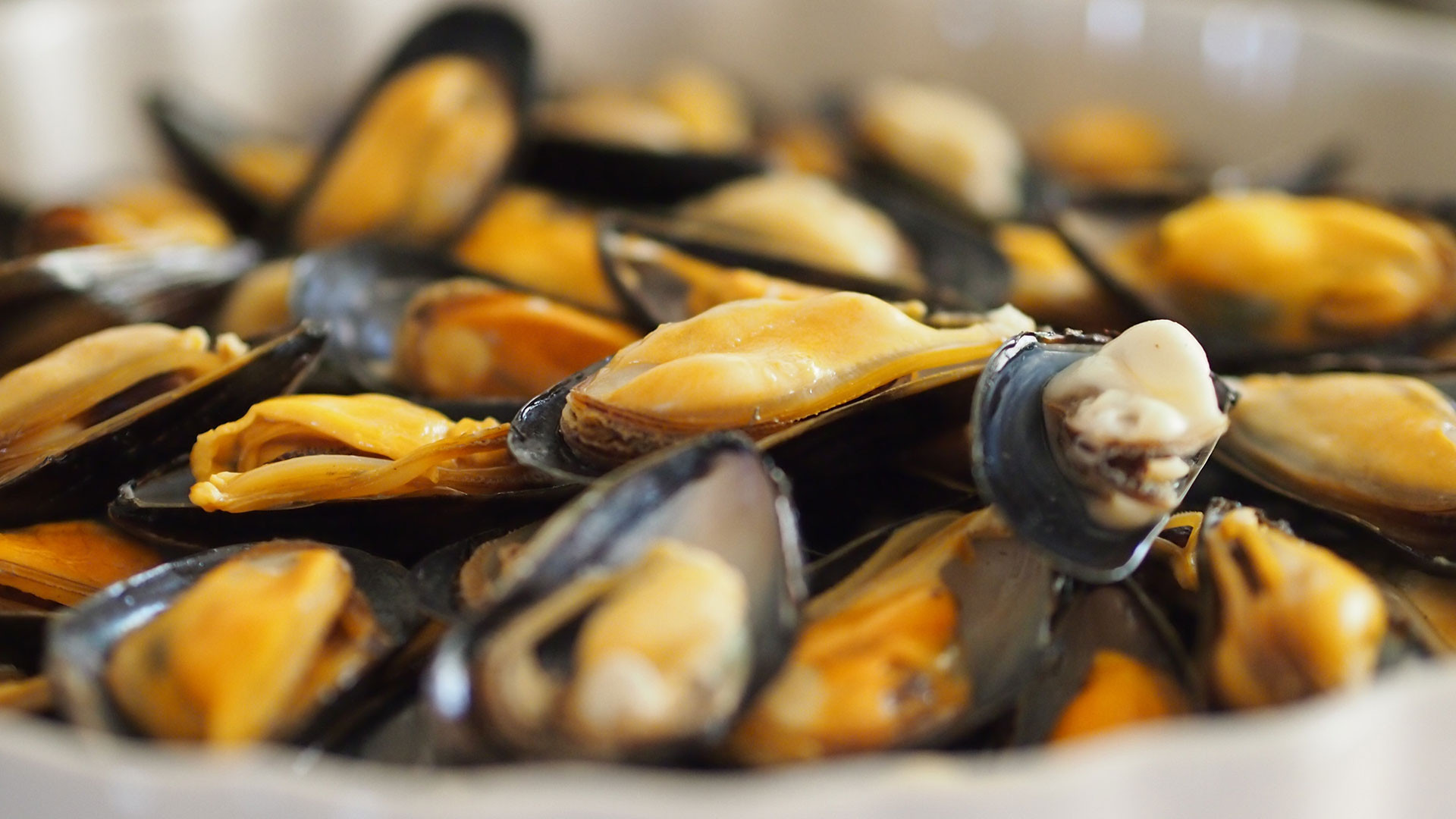
Eat Local – 6 Dubrovnik Regional Classics Not to Miss
There is no need to take about the uniqueness of the UNESCO World Heritage Site of the Old Town of Dubrovnik, but what is lesser known is the richness, freshness and localness of the cuisine of the Dubrovnik region. There are a number of dishes which have not only been handed down by grandmothers throughout the ages, but which also have a little history of its own.
Dirty Macaroni (Špori Makaruli) perhaps does not have the most appealing name in English, but it is delicious and much loved locally. So much so in fact that it is often served on the feast day of the city's beloved patron saint St Blaise in early February. Its history dates back to aristocratic times when the best of the meat was eaten, and the remaining meat sauce was mixed with macaroni and fed to the servants.
Mušule na buzaru (Stewed mussels) is another dish not to be missed. The mussels in the Adriatic (and also don't miss the famous oysters of Mali Ston) are of excellent quality and a popular dish in the city. The most popular way to serve them is 'na buzaru' (in a stew), cooked in olive oil, wine, garlic, breadcrumbs and fresh herbs.
The walled town of Ston (a short drive from Sun Gardens Dubrovnik) may be famous for those oysters, its incredible walls and the largest salt pans in the region, but it also boast a fantastic and rather unusual dessert – the Stonska torta (Ston cake). It is a hard one to describe, but let's just say that it is both sweet and savoury, containing both chocolate and macaroni pasta, known locally as makaruli. One not to miss as you pass through Ston.
Another famous local stew is Dubrovačka zelena menestra (Green Stew). It written origins date back as far as 1480, and there are several regional variations. It is thought the Konavle, to the south of the city, is where the dish originated, and there is an annual Green Stew Cooking competition there each year over the Christmas period. The stew has green elements of cabbage and kale, as well as bacon and sausage.
Simplicity and freshness of local ingredients are at the heart of Dalmatian cuisine, and many dishes were designed for the workers who could not afford the luxuries of meat or fish. Bob and blitva podulje is one such dish which is very popular and celebrates the healthy nature of the Mediterranean Diet, which was inscribed as intangible UNESCO heritage back in 2013. Broad beans, Swiss chard and olive oil. Healthy simplicity at its most perfect.
Desserts, too, can be made from the simplest of ingredients but be full of flavour, such as the traditional cake Padišpanj. It derives its name from Pan di Spagna (Spanish bread) and so presumably came to Dubrovnik via its sailors. A soft sponge cake, whose ingredients are eggs, flour, sugar, salt, baking powder and oil.
In a globalised world, Dubrovnik is a beacon of unique customs, heritage, culture and traditions. You can also add food to the list. Which Dubrovnik dish will you be trying on your next visit?
